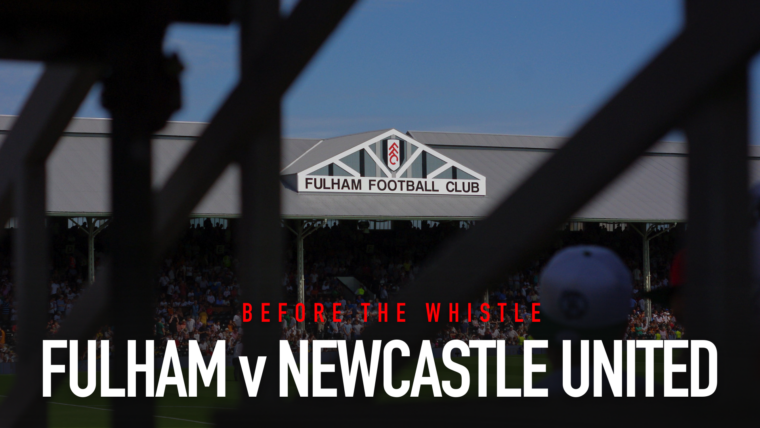To Stand or Not to Stand?
16th February 2017
The subject of ‘safe standing’ has always been a tight lipped and controversial topic for football fans to discuss. On April 15th, 1989, an FA cup semi final between Liverpool and Nottingham Forest would change the way football would be viewed for many years to come.
The FA Cup semi-final that day was played at Hillsborough. A selection of police mistakes, ruthless inability and an abhorrently negative attitude towards both football fans and those from Merseyside led to ambulances never entering the ground, a lack of emergency response and the tragic death of 96 Liverpool supporters. To this day, the Hillsborough Disaster remains the worst sporting-related tragedy within in the UK, and one of the worst across the globe.
After the Hillsborough Disaster, an inquiry was conducted into how and why the disaster happened, and how any such horror could be prevented from happening again in the future. The inquiry was overseen by Lord Taylor. Taylor found that the main reason for the disaster was because of ‘the failure of police control’. The Taylor Report made the following recommendations for safety in future sporting events to prevent similar events happening again:
- All major stadiums should convert to all seater stadiums; this was introduced in order to protect supporters, giving them their own space. (Having one seat per person stops means that tickets cannot be oversold, thus preventing the ground from becoming overcrowded.)
- All spectators should have seats as opposed to some being obligated to stand
- The Football League stated that the top two leagues in English Football must comply with the recommendations.
With the result of the recent inquest, that the 96 people that lost their lives were ‘unlawfully killed’ and that ‘failures by commanding officers caused the crush on the terraces’, there have been murmurs of a change to Lord Taylor’s legislation.
As recently as July 2016 we saw Celtic unveil their new 2,600 capacity rail seating area. Over this first season that it has been in place, the area has proven that, now there have been sufficient engineering advances to create such an area, there is no reason for Taylor’s legislation not to be changed in England. Celtic have reported that they have witnessed both behaviour and atmosphere at Celtic Park improve since the introduction of the safe standing area.

On Thursday 27th October 2016 myself and a friend of mine (a is a Brighton season ticket holder) attended a safe standing forum held at the AMEX (home to Brighton and Hove Albion) where the CEO, Paul Barber, spoke about where they stand on the matter and what they can do to change things in this country.
He spoke fervently about his trips to Celtic Park and the Westfalenstadion (home of Borussia Dortmund) and what he had learned from their standing areas, highlighting the positive aspects that he felt could be transferred to the AMEX and to the English leagues in general. To get a further sense of what Barber was talking about, and gain an insight into how safe standing works, there’s a video of Barber’s speech here.
Personally, I feel that Fulham should be looking at adopting the principle of safe standing as well. If the concept was to be installed at the Cottage, then I feel like the most obvious place to have it would be in the Hammersmith End, if not across the whole stand then perhaps in the section above the stairwells, where most fans stand anyway?
Safe standing could bring many positives to Craven Cottage, with the most important of these being the increased atmosphere that Celtic have seen so clearly during the course of their experiment. Long gone are the days of Craven Cottage being a ground where opposition clubs would fear to play. There are very few grounds around the country where you now feel intimidated as an away player.
“Certainly, I’ve been a fan of safe standing. In the end, if people want to stand and you can make it safe for them to stand, why wouldn’t you let them?”
Greg Clarke, Chairman of the Football Association
Safe standing could see a distinct increase in the amount of volume and atmosphere within the upper echelons of the English game. Whilst Fulham has always been a family club, no-one can claim that the atmosphere at the cottage during the European run of 09/10 did not positively impact the team. A safe standing area would do much to restore some of that atmopshere.
There is also a chance, albeit a small one, of slowly increasing the capacity of the stadium, as the trial progresses. Dependant on which method of ‘safe standing’ the club takes, then there could be a chance of the capacity being increased. At Celtic they have a 1:1 ratio where there is one person to one standing point, and this is no doubt the route that the FA would implement to begin with.
However, in Dortmund and across the rest of Germany there is often a ratio of 1.5:1 or a 2:1 person to space ratio, meaning that once a successful installation and trial period has been completed, it might be possible to increase attendances by carefully expanding the numbers of people allowed within the safe standing section.
Sadly a decrease on ticket prices would properly not be on the cards to begin with, as the club would need to cover the costs of the installation of the rails and the safeguarding of necessary safety requirements. Down the line, however, this might be a distinct possibility, as the benefits would remain even after the initial overhead costs had been covered.
If safe standing was to occur at the Cottage, I feel that it would help to rebuild some of the atmosphere that has dropped off since the club’s relegation from the top flight. With fans having the opportunity to stand in a zone where they feel comfortable and safe, it would allow for a more boisterous element to watch the game from a position of their choice and lead the way in getting the Cottage back to full voice once again.



